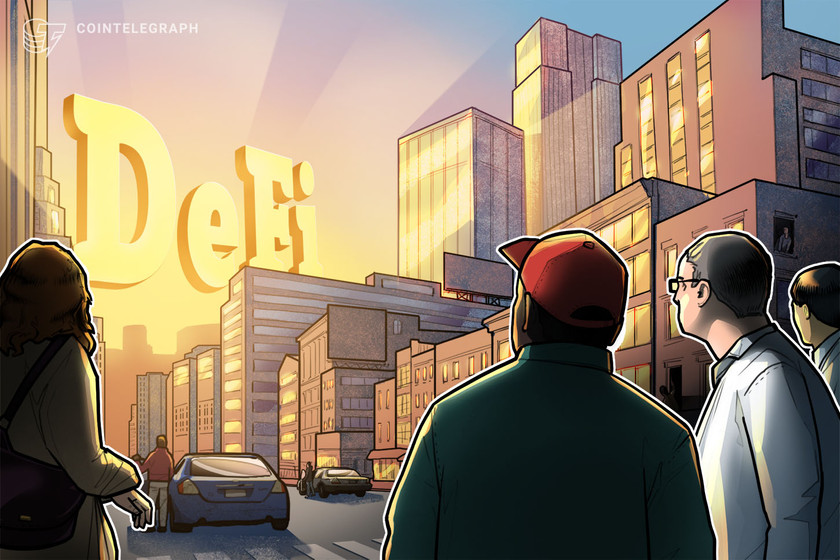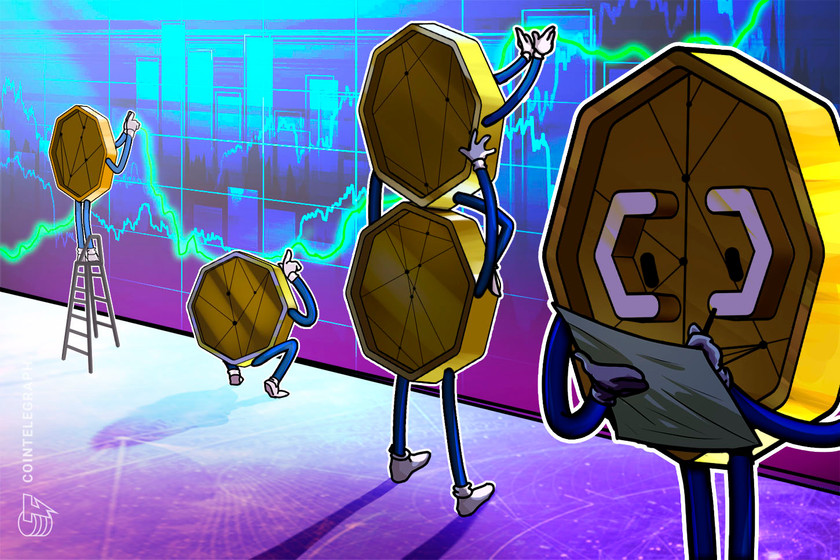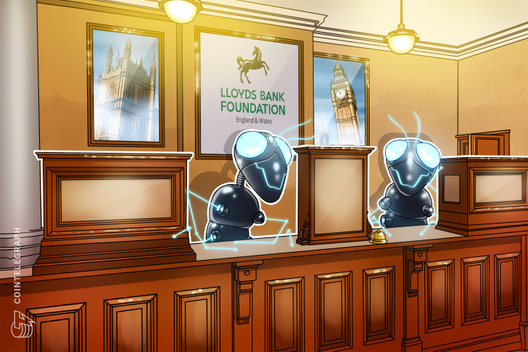The Evolution of Blockchain Games: Three Major Stages
When CryptoKitties burst onto the scene back in November 2017, we had our first taste of load-testing a blockchain solution at scale. Congestion spiked, and we saw glimpses of how far away we were from mass adoption being a realistic achievement. After setting about increasing “birthing fees,” in search of a better solution, the game continued to prove popular with both collectors and breeders and ignited the imaginations of countless developers and gaming communities.
Stage one: Copy and paste
By taking a nonfungible token and attaching it to a regular video game, we introduce a basic economy that differs from the existing model of in-game “soft gold.” The NFT is a record of ownership, is transferable, and, in some instances, can be swapped for other fungible cryptocurrencies and fiat currencies.
NFTs also guarantee an item’s uniqueness and signify it is one of a kind, different to all the others in circulation. Therefore, if you are selling thousands of the same item in a game that has the same purpose, you can also substitute the NFT with a fungible payment method.
It’s no wonder we have seen many older style games make an appearance on blockchains after failing to monetize the game on traditional platforms. After all, who wants to spend hundreds of hours playing a game to win something that is worthless? By giving items a “badge” of uniqueness, they suddenly become worth something, especially if someone else will pay for them.
So, the first stage is to take a game that already exists, make the in-game items nonfungible, do little-to-no blockchain integration, launch it on a chain with a massive audience and network effect, and call it a blockchain game.
Many games and developers have settled for this outcome once they realized the limitations with scaling, price, security and complexity.
Stage two: Meet me halfway
The second stage is where games with real potential, traction or an existing user base realize that they simply can’t scale on some chains or that running the game is cost-prohibitive and, therefore, start looking at other newer options. Some may qualify for a grant or a payment to build the game on a particular chain but then have the added complexity of dealing with less proven technology, smaller audiences and more unknowns.
In this instance, those with every intention of building on-chain quickly work out that there are too many trade-offs. So, they put partial functionality on-chain and leave the rest to legacy systems and platforms.
The idea of melding items from other games together to combine value, to increase powers, etc. is a novel concept and one made better by the fact the transaction can be reversed. This is a great use case for NFTs in games, for shared gaming economies, and it’s a step in the right direction for games that share the same NFT technology.
Stage three: The Holy Grail (mass adoption ready)
You could argue that mass adoption will be achieved when you have 100% game logic on-chain — it’s a mobile app that can scale fast and securely. Many have set out with this end goal in mind and have ended up having to adopt a close-enough-is-good-enough mentality, for now.
Why is it the Holy Grail? Approximately 50% of all PC and console gamers spend money in-game. This number increases to 75% for mobile gamers. In addition, 44% say the payment methods need to be improved, and 19% have fallen victim to fraud.
If blockchain technology can offer a better solution to those that already exist, then gaming companies using the technology will be well-positioned to compete for the $159.3 billion that gamers spend each year. Blockchain technology can add incredible value in different ways for different games by offering some or all of the following:
- Identity verification where required.
- Provably fair outcomes.
- Funds custody/escrow through smart contracts.
- Immutable player history and records.
- Proof of ownership of in-game assets.
However, this won’t happen without significant challenges. In addition to trying to execute a full 100% logic on-chain game comes the challenge of which chains can actually facilitate this. Do they have the traction needed for adoption, and do they have the tools to make the onboarding experience smooth enough to convert existing blockchain gamers across? And most importantly, will they convert traditional gamers?
There are a few games that fit this bill in production at the moment, and only time will tell how successful they are. To those who are building these roads for the rest of us to travel down, we salute you.
The views, thoughts and opinions expressed here are the authors’ alone and do not necessarily reflect or represent the views and opinions of Cointelegraph.
This article was co-authored by Ben Fairbank and Aly Madhavji.
Ben Fairbank is the CEO and a co-founder of RedFOX Labs — a blockchain venture builder creating high-velocity internet companies for emerging markets, including the Keys to Other Games on WAX blockchain game. Ben has 15 years of C-level experience spanning 12 countries for brands including Virgin, Grab and Ooredoo, and was previously the general manager of the Komodo blockchain platform. Ben advises and consults disruptive tech companies and currently sits on multiple blockchain company boards.
Aly Madhavji is the managing partner at Blockchain Founders Fund, which invests in and builds top-tier venture startups. He is a limited partner at Loyal VC. Aly consults organizations on emerging technologies, such as INSEAD and the United Nations, on solutions to help alleviate poverty. He is a senior blockchain fellow at INSEAD and was recognized as a “Blockchain 100” Global Leaders of 2019 by Lattice80. Aly has served on various advisory boards, including the University of Toronto’s Governing Council.









